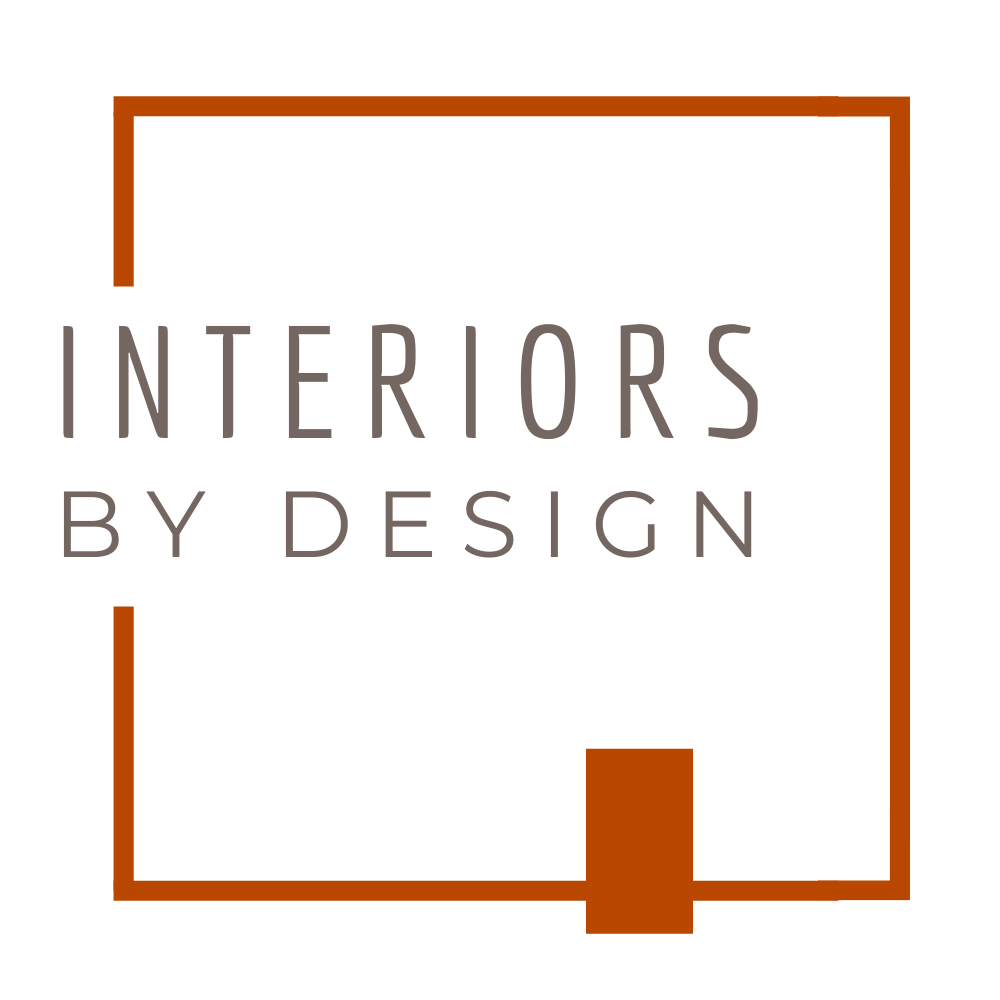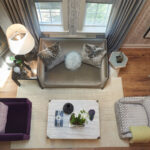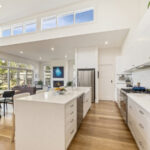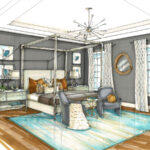
The tapestry of commercial design has evolved, demanding more than just function. When I step into a space, I envision an environment that serves its purpose and envelops visitors in the story of the brand. Over the years, I’ve honed my craft, understanding the delicate dance between practicality and art. Here's a glimpse into my process:
1. The Vision Always Takes the Lead
My travels, interactions with luminaries, and deep conversations with clients have always been the cornerstone of my inspiration. A commercial space must whisper tales of the brand's ethos, passions, and journey. Before my pencil meets the sketchbook, I immerse myself in the brand's narrative.
2. Celebrate the Essence of Space
I've always held the belief: "Elevate function through aesthetics.” In every commercial setting, the design should echo its purpose. It's not about hiding the function but weaving it elegantly into the design narrative.
3. Weaving in Brand Character
My palette isn't just colors and textures; it's the very essence of the brand. When thoughtfully incorporated, brand elements can breathe life into a space, making it an extension of the brand's legacy.

4. Embracing the World's Palette
From the cobblestone streets of Europe to the serene landscapes of Asia, my travels have enriched my design vocabulary. Integrating natural elements, be it an artful fountain or understated wooden partitions, adds layers of authenticity and depth.
5. Marrying Technology and Aesthetics
In this age of technology, design should embrace modern conveniences without sacrificing beauty. This means ensuring that every tech element melds effortlessly into the design tapestry, whether concealed wiring or an avant-garde charging station.
6. Spaces that Speak and Listen
Drawing from the intimacy of residential interiors, I recognize the profound need for comfort even in the busiest commercial corners. Crafting spaces like lounge areas or cozy nooks allows moments of introspection, relaxation, and soulful interactions.
7. Collaboration: The Soul of Design
Every space is a symphony, a collective dream birthed into reality. Engaging with all stakeholders from the get-go ensures a harmonious blend of visions and a space that resonates with every heart and mind.
8. Crafting a Signature Style
Carving a niche in commercial interior design has been a journey of understanding my values and inspirations and continuously evolving. With every project, I seek to leave a touch that's unmistakably mine yet profoundly resonant with the brand's essence.
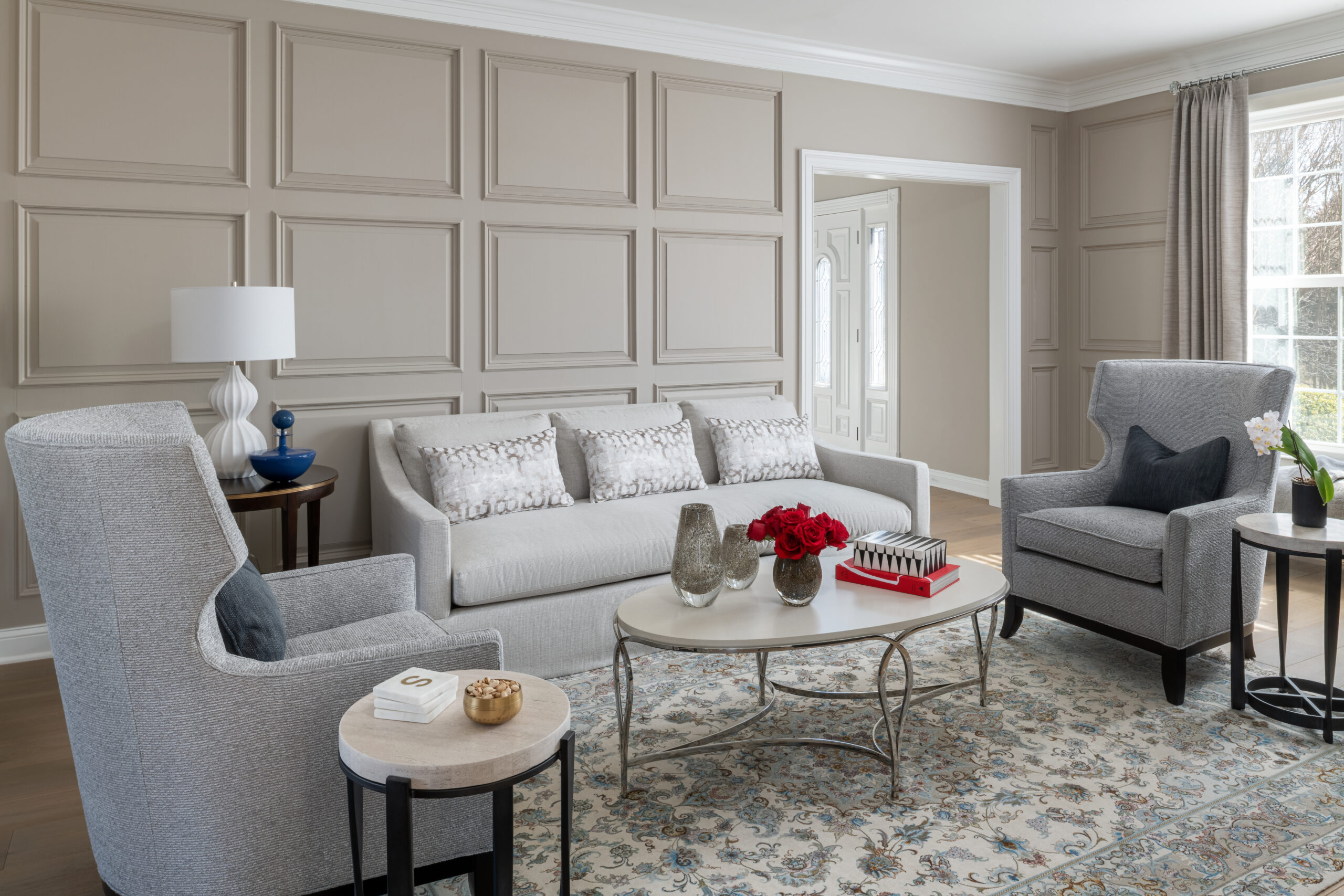
Elevate, Inspire, Transform: The Dennese Rojas Approach
Beyond the blueprints and mood boards, I see my work as sculpting experiences, crafting stories in brick and mortar, color, and texture. Entrusting me with your space means stepping into a world where functionality waltzes gracefully with aesthetics.
If you're ready to transform your commercial space into a harmonious blend of purpose and artistry, I invite you to walk this transformative path with me.
Frequently Asked Questions
How do you ensure a brand's essence is maintained in the design?
I would like to tell you that understanding a brand's ethos is paramount. Before diving into designs, I immerse myself in the brand's story, values, and objectives. This deep connection ensures that every design decision resonates with the brand's essence.
What if we're not sure about our brand's narrative or direction?
That's completely okay. Part of my role is to guide you through that introspection. Together, we'll uncover the heart of your brand, shaping a narrative that informs the design direction.
How do you balance technological integration without compromising aesthetics?
Technology and aesthetics can coexist harmoniously. I always prioritize seamless integration, ensuring that modern conveniences enhance, rather than distract from, the design.
How involved can stakeholders be in the design process?
Collaboration is the soul of my design philosophy. Stakeholders are encouraged to be actively involved, from initial discussions to final installations. Every voice adds a unique note to our design symphony.
Do you have a signature style, or can you adapt to various styles and preferences?
While I have my personal influences and inspirations, my primary aim is to sculpt spaces that reflect the brand and its narrative. I pride myself on my adaptability, ensuring each project feels unique and genuine to its purpose.
How do natural elements fit into commercial spaces in urban settings?
Urban or otherwise, every space can benefit from a touch of nature. It could be in materials, patterns, or even specific design elements. Nature has a way of grounding a design, providing warmth and authenticity.
How do you approach spaces that have multiple functions?
Multi-functional spaces present exciting challenges. My approach is to understand the nuances of each function and craft a design that transitions seamlessly, ensuring each purpose is celebrated without compromise.
What are the functional and aesthetic components of design?
At its core, design is an intricate dance between functionality and aesthetics.
- Functional components pertain to how the space serves its purpose and supports daily activities. This encompasses space utilization, ergonomics, traffic flow, lighting needs, technology integration, and more. Every detail, down to where an outlet is placed, is considered for its utility.
- Aesthetic components, on the other hand, deal with the visual and emotional appeal of the space. This involves color palettes, materials, textures, furnishings, artwork, and other elements that evoke feelings and convey the brand's essence. Aesthetics give a space its personality, making it memorable and resonant.
For me, both functionality and aesthetics should be independent of the other. Both are integral, and the magic happens when they come together seamlessly, creating beautiful and brilliantly efficient spaces.
